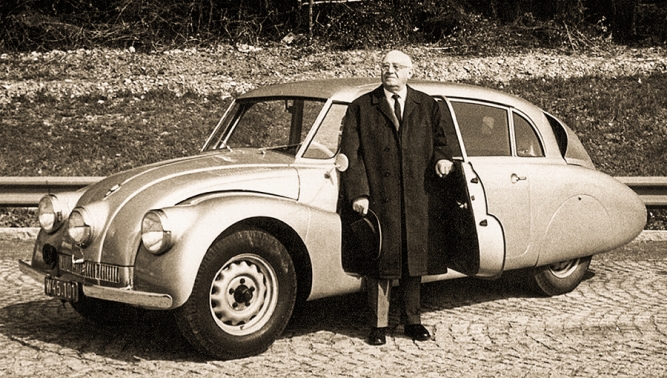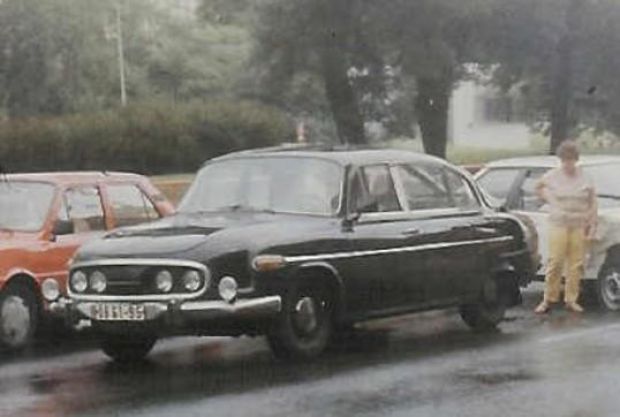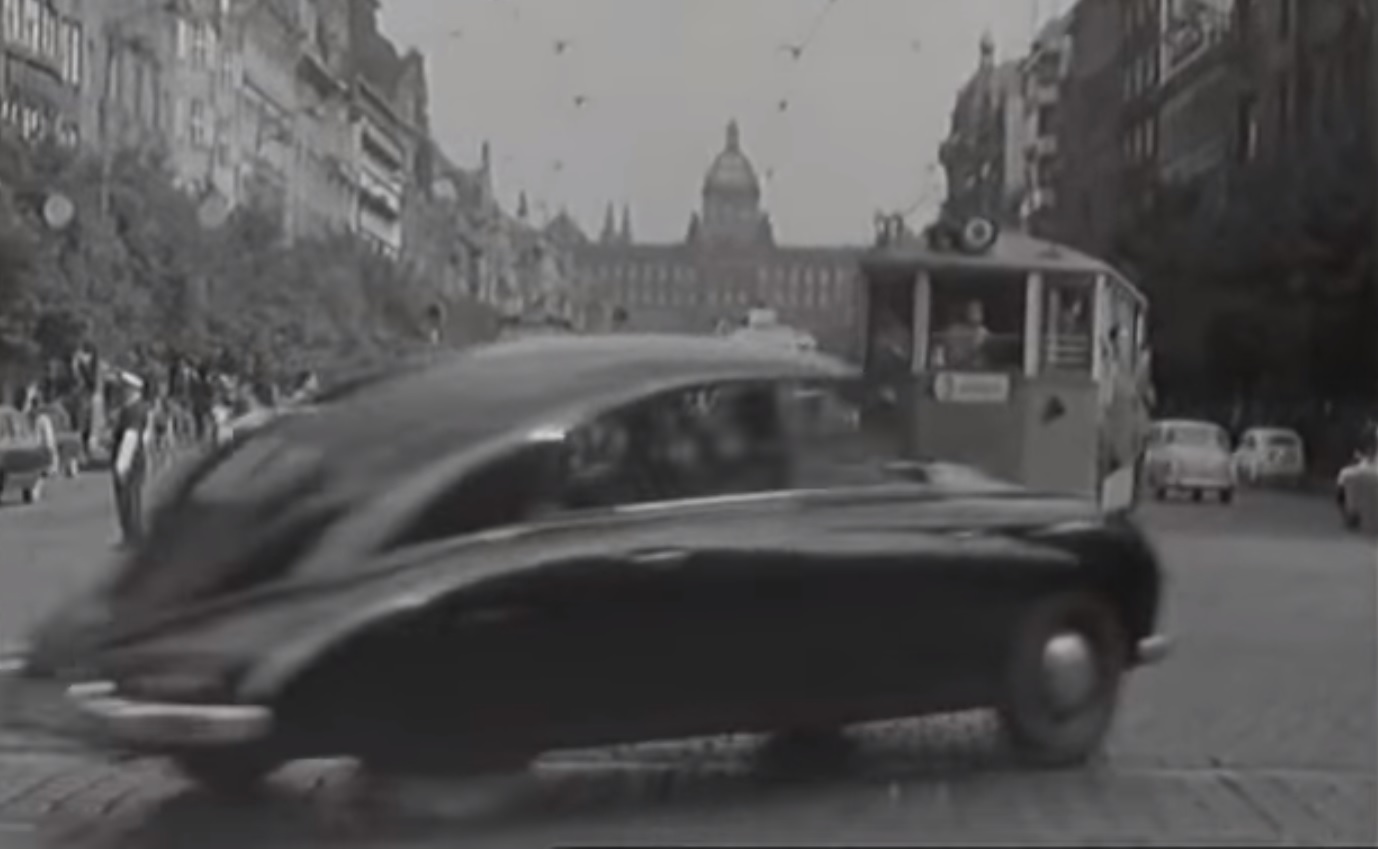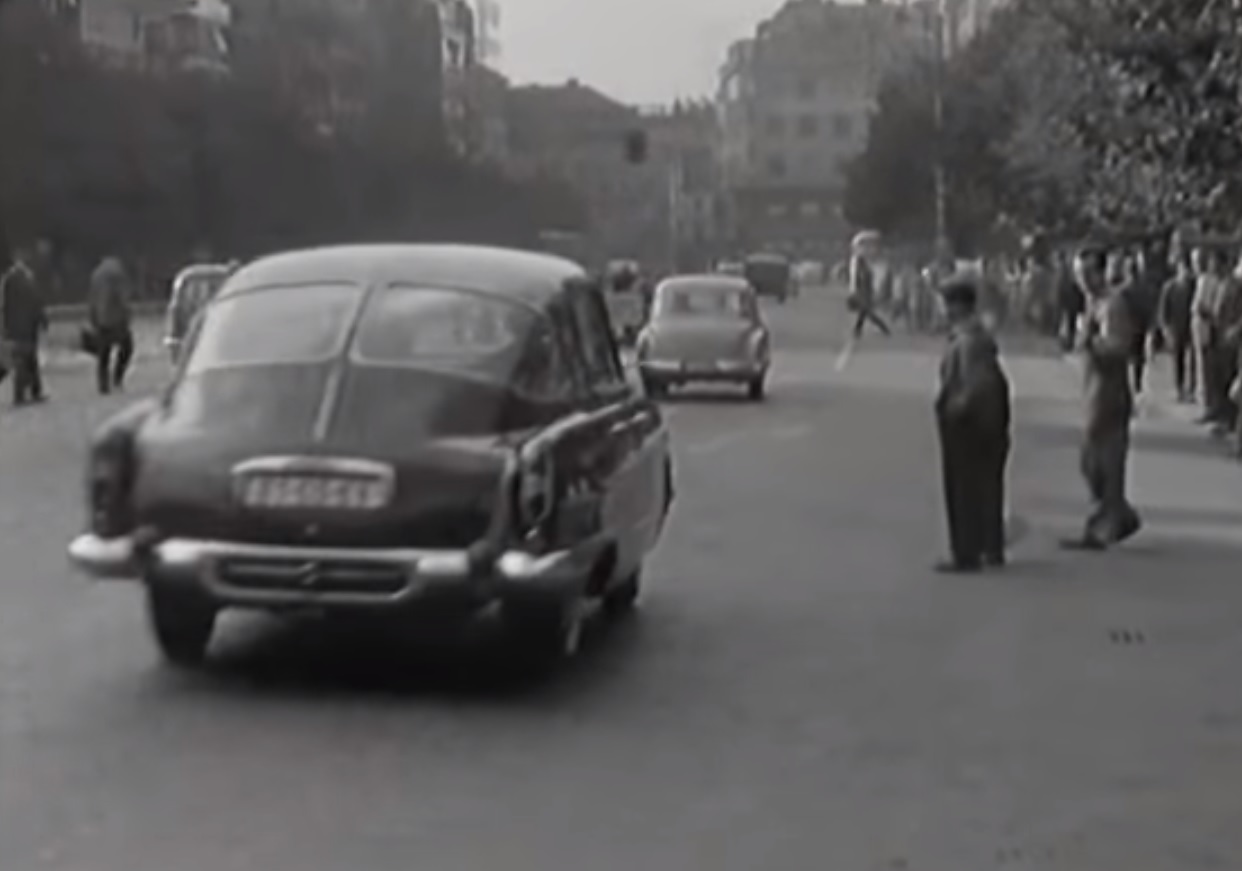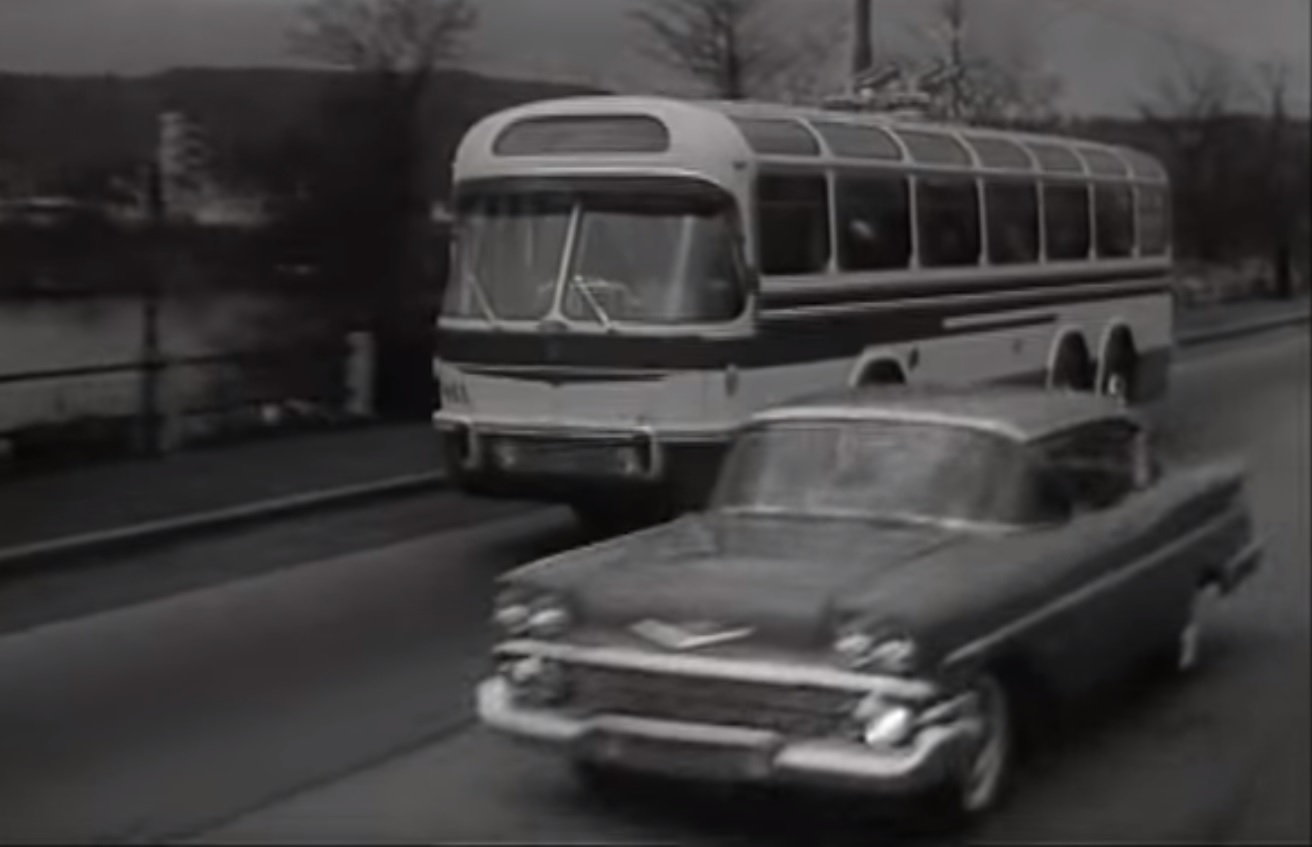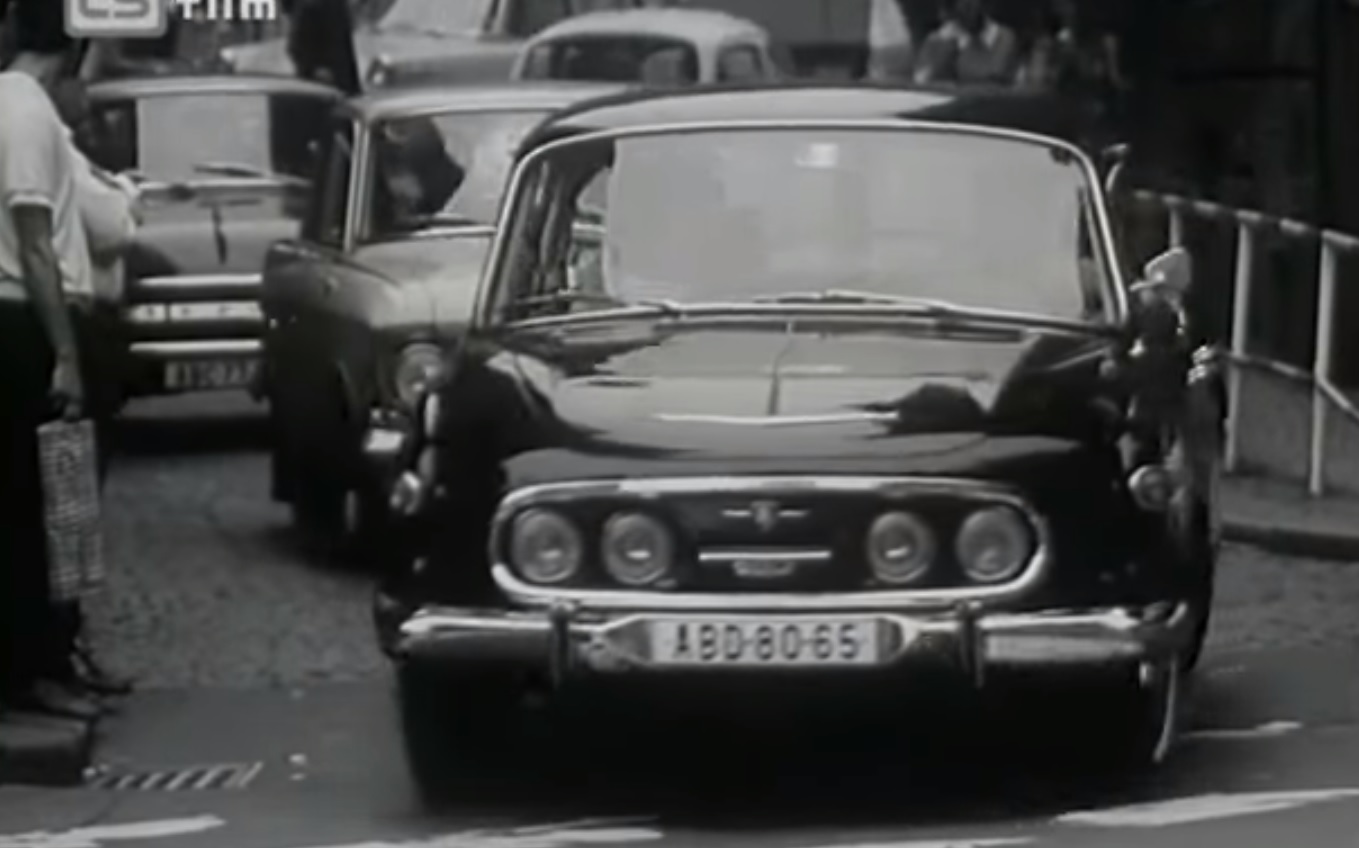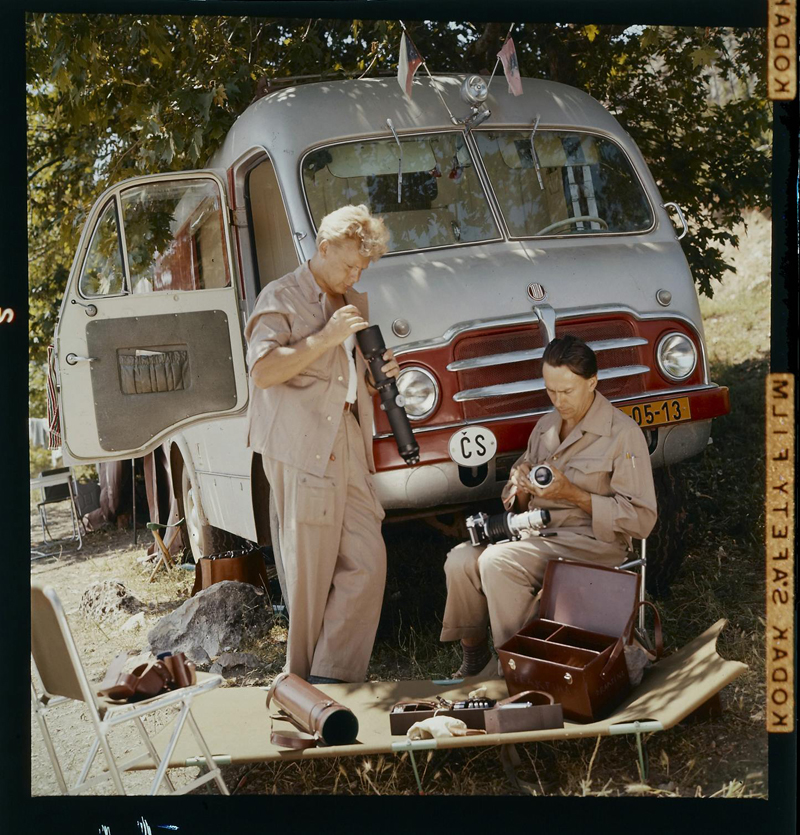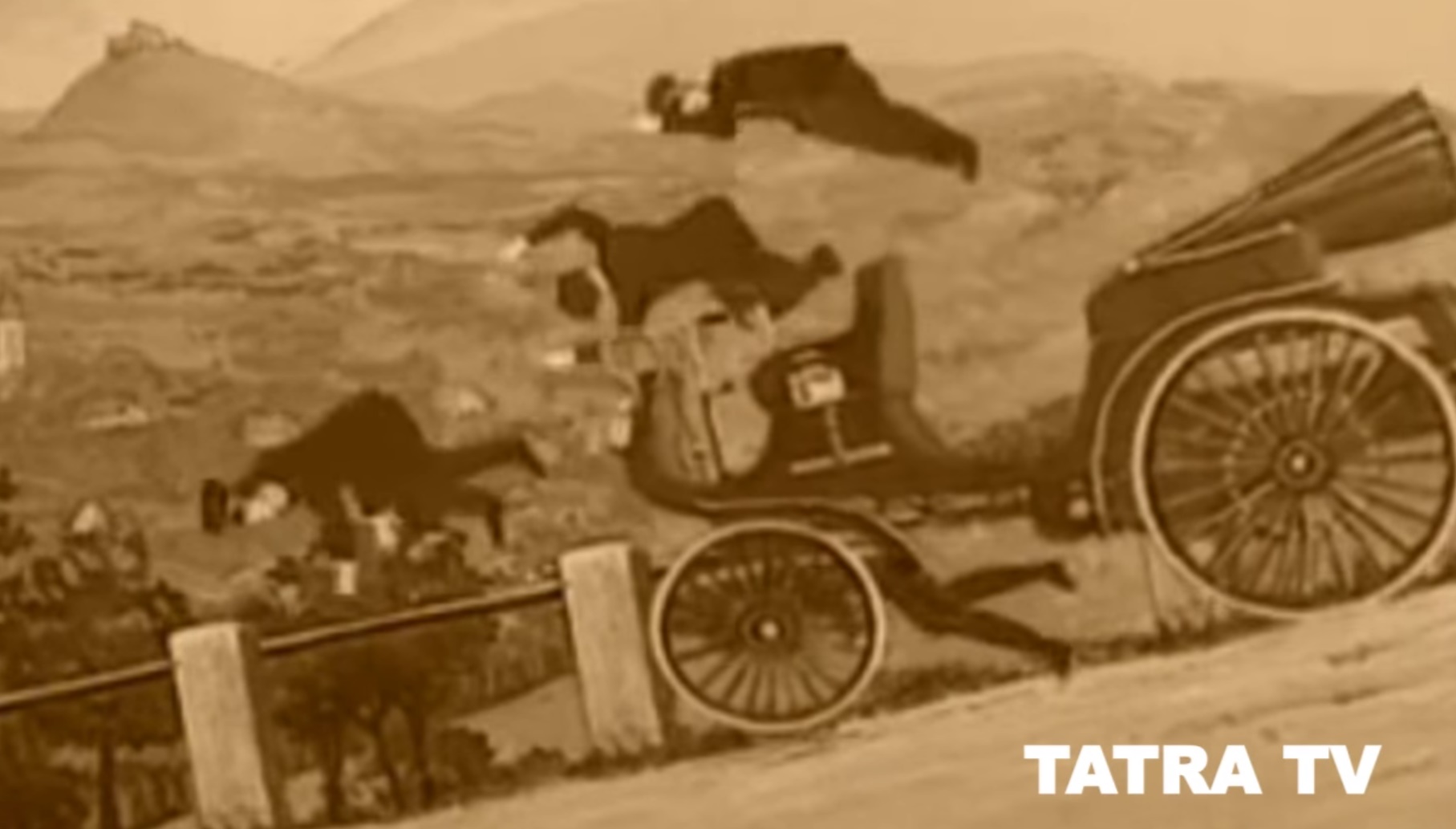
TWO ADVENTURERS SET OUT ON ZIKMUND AND HANZELKA COMMEMORATIVE TOUR
Tatraplan Svet Motoru Test 1951
Hans Ledwinka
Hans Ledwinka
16 February, 2018
Hans Ledwinka – the inventor of the world-renowned Tatra concept – was born 140 years ago. He was responsible for numerous patents and model designs, and today’s TATRA vehicles are still based on his pioneering chassis concept.
In the early years of motoring, a number of Central European car designers and engineers – originally working independently of each other – joined forces to make a major contribution to the development of automotive technology.
Hans Ledwinka was responsible for almost all the ground-breaking technical solutions pioneered by TATRA, the oldest Czech automotive producer (and today the only Czech-owned producer of motor vehicles), during the first half of the 20th century.
Ledwinka was born on 14 February 1878 in the Austrian town of Klosterneuburg. He was proud of his Austrian nationality. He was a German-speaker, and he never managed to learn any Czech; instead he expected everybody to speak German to him. However, he was always willing to recognize excellent work from members of his team – whatever their nationality.
First time, second time…
After completing his studies at an industrial school in 1896, Ledwinka found a job working for a company in Kopřivnice (Nesselsdorf). The Nesselsdorfer Wagenbau-Fabriks Gesellschaft made horse-drawn carriages, railway wagons, and various types of seat covers and similar products. Ledwinka began his career in the railway wagon division. In the following year the company set up a small division making motor vehicles. The head of the new division was the 24-year-old Viennese engineer Edmund Rumpler, who appointed the 18-year-old Ledwinka as his assistant.
In 1902 Ledwinka left the company following a disagreement with the workshop manager Leopold Sviták. He was recruited by a Viennese company run by Alexander Friedmann, where – working alongside Professor Knoller – he built steam engines. Three years later, he left steam technology behind and returned to his former employer in Kopřivnice – this time at the request of the company’s director Hugo Fischer von Rösslerstamm – to develop internal combustion engines. Ledwinka’s first task was to improve the design of the company’s engines and gearboxes. He created the four-cylinder S-type engine with slanted valves and screwed-in valve seats. The engine had a tunnel crankcase with circular openings on the left side providing easy access to the connecting rod bearings. The new gearbox was also a pioneering work of engineering; its bell-shaped structure meant that it only needed five cogwheels.
Ledwinka was now the head of the company’s automotive production division, but he continued to be involved in conflicts with his colleagues – particularly the director Erhard Kölbel. After a major disagreement with Kölbel, who wanted to invest a state subsidy in the railway wagon division, Ledwinka again left the company (in 1916) to work for one of its major competitors – the Steyr-Werke in Graz.
Ledwinka’s engineering legacy
Ledwinka’s second departure from Kopřivnice was to have major repercussions. It was during this period that he became closely acquainted with Ferdinand Porsche, an engineer from North Bohemia, whose later designs for VW showed marked similarities with Ledwinka’s ideas, eventually leading to a dispute over alleged patent infringements.
However, in 1921 Ledwinka returned to his former employer in Kopřivnice once more, when the director Leopold Pasching recruited him to run the company’s newly built car plant (a project that was the brainchild of the engineer Max Reschl).
Two years later, Ledwinka’s efforts were rewarded when production of the TATRA 11 was launched. The car represented a completely original design solution: its chassis was based on a central backbone tube with a two-cylinder air-cooled engine and a gearbox at the front, and a rear suspension unit featuring independently suspended swinging half-axles.
A patent application for the swinging half-axle system had already been filed in 1903 by Edmund Rumpler, who at the time was working for the Adler Werke in Frankfurt. The suspension setup was thus not originally Ledwinka’s idea, but the chassis concept was entirely his own – and it remains his greatest contribution to engineering design. Ledwinka’s TATRA chassis concept was later used in the production of goods vehicles – starting with the T 23 and T 24 (1926). It has been used in TATRA goods vehicles since then, and it continues to be used today.
Turbulent times
The 1930s ushered in a new era for car design at TATRA. Headed by Ledwinka and featuring the German designer Erich Übelacker and Ledwinka’s son Erich, the company’s design team developed cars with strikingly aerodynamic bodywork. In June 1945, after Czechoslovakia’s liberation from the Nazi occupation, Hans Ledwinka – now the deputy director at the Ringhoffer-Tatra company – was arrested and convicted by a people’s court for his contribution to the German war effort. In 1948 he was convicted of having been a collaborator and sentenced to six years’ imprisonment, after which he was to be expelled from the country. Ledwinka and his son Erich had already been investigated by the Czechoslovak police between the two world wars.
A reputation restored
In the 1950s, Hans Ledwinka left Czechoslovakia to settle in his native Austria, and later moved to West Germany. He died in Munich on 2 March 1967.
In his later years, he appeared as a witness in a legal dispute between the Ringhoffer family (the former owners of TATRA) and Volkswagen over alleged patent infringements; he helped to broker an out-of-court settlement. However, Ledwinka himself did not benefit financially from the settlement, as he could not afford adequate legal representation.
On 14 February 1992, Hans Ledwinka was officially rehabilitated by Czechoslovakia’s Supreme Court – 44 years after his conviction for collaboration.
Driving a T 603 in the GDR
ČR must compensate Tatra ex-chief for unfounded prosecution
ČTK |
31 JANUARY 2018
Brno, Jan 30 (CTK) – The Czech state has to pay 315,000 crowns plus late payment interest to Ronald Adams, former general director of the Czech Tatra lorry maker, in compensation for his unrightful detention and prosecution, the Brno Regional Court has decided, upholding a lower-level court’s previous verdict.
The information was conveyed to CTK by the Regional Court spokeswoman Eva Sigmundova on Tuesday.
Adams, a U.S. national, claimed compensation worth five million crowns, saying the corruption charges he faced in the Czech Republic have negatively affected his personal and professional reputation.
The appeals court’s verdict is definitive.
Adams, Tatra’s former general director and head of the board of directors, was charged with bribe giving in August 2012. The police said he had offered a bribe of 20 million crowns to then deputy defence minister Martin Bartak in 2009 in exchange for the ministry signing more contracts with Tatra for supplies of lorries to the Czech military.
He faced up to five years in prison, but a court acquitted him in 2013.
Adams said in doing so, the court made it clear that the prosecution, restrictions and also the negative publicity Adams faced in this connection in Czech and foreign media, were unnecessary and unrightful.
On his acquittal, Adams demanded five million crowns from the state as compensation. The Justice Ministry granted 120,000 crowns to him in 2014, but Adams appealed the decision and the Brno Municipal Court raised the sum to 315,000 crowns plus a roughly 8-percent late payment interest, the overall sum reaching 435,000 crowns in mid-2016.
The Brno Regional Court upheld the original verdict earlier this month.
Justice works slowly, but it is a good piece of news that one can finally achieve justice in the Czech Republic, Adams said through Vladimir Bystrov from the Bison & Rose agency that previously represented him.
Adams also figured as a witness in the case of the purchase of Tatra lorries by the Czech military, in which Bartak and Czech arms dealer Michal Smrz faced corruption charges.
Adams accused Smrz of having offered the company help in the negotiations about the supply in 2008 in exchange for 100 million crowns. He also allegedly promised Adams to secure his personal meeting with then PM Mirek Topolanek. A court acquitted both Bartak and Smrz of charges in late 2014 and the Justice Ministry granted a compensation worth 180,000 crowns to each.
Video January 31: Prague in the sixties featuring several Tatras
The last two months, Tatra World had published about 70 video’s on its website www.tatraworld.nl.
Some were well-known, others weren’t, but at least I hope you have enjoyed them.
I want to conclude the two video months with a Prague video of the late sixties.
Prague is presented as a paradise with a satisfied and happy population. How different was it in August 1968, almost 50 years ago!
However, it is a nice video for the Tatra fans with T 57s, T 6oos, T 87s, and several T 603s. Also, as part of admiring Prague’s public transport system, the prototype T 401 trolleybus is included.
Anyway, I hope you will enjoy it and thanks for watching.
Best regards, Kees Smit
Video: T 805 Hanzelka/ Zikmund in Japan 1954
Vintage Tatra lorries will be produced in Trenčín
Both military and civilian vehicles from the legendary Tatra brand will be produced and serviced in the Slovak city of Trenčín by a special branch of the Czech group.
Within three to five years, the production rooms in the former Military Maintenance Company (VOP) in Trenčín are to be expanded and adapted, and 100 to 150 new employees are to be hired, head of the Trenčín division of the MSM Land System Miloslav Bobek told the TASR newswire.
“We plan to renovate the current premises and even build new ones, if necessary,” Bobek explained for TASR. “The overall strategy is planned for three to five years, but the first production possibilities will appear in our plant next year already.”
The Tatra brand is the third oldest car brand in the world, and with a hundred year tradition, the vehicles being much in demand all over the world.
“Globally, there is interest in these cars from Asia through Africa, all the way to Latin America, especially due to the high passability of this vehicle, and its performance,” Bobek said, as quoted by TASR. “In the civilian sector, they are especially used in mining companies, quarries and poorly accessible grounds. Four-wheel, six-wheel, and also eight-wheel military cars are attached to the Tatra chassis, as well as special vehicles.”
The MSM Group consists of several plants in Slovakia, with also a branch in Serbia. It focuses mostly on special technology and the defence industry: the Trenčín plant specialises in wheeled and tracked technology, the Nováky plant in ammunition and the Banská Bystrica one on the aviation industry.
The MSM Group is headquartered in Dubnica nad Váhom, where the production of small-bore and big-bore ammunition is located. Around 300 people currently work in Trenčín, while there should be up to 500 employees within five years, TASR reported.

